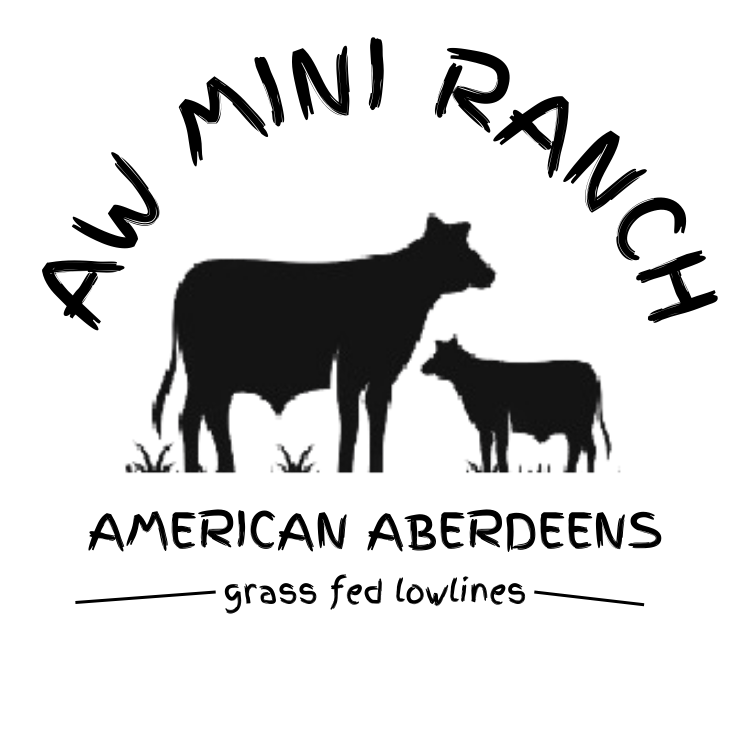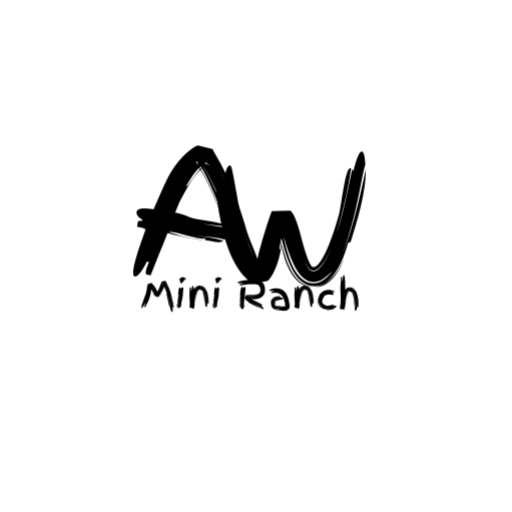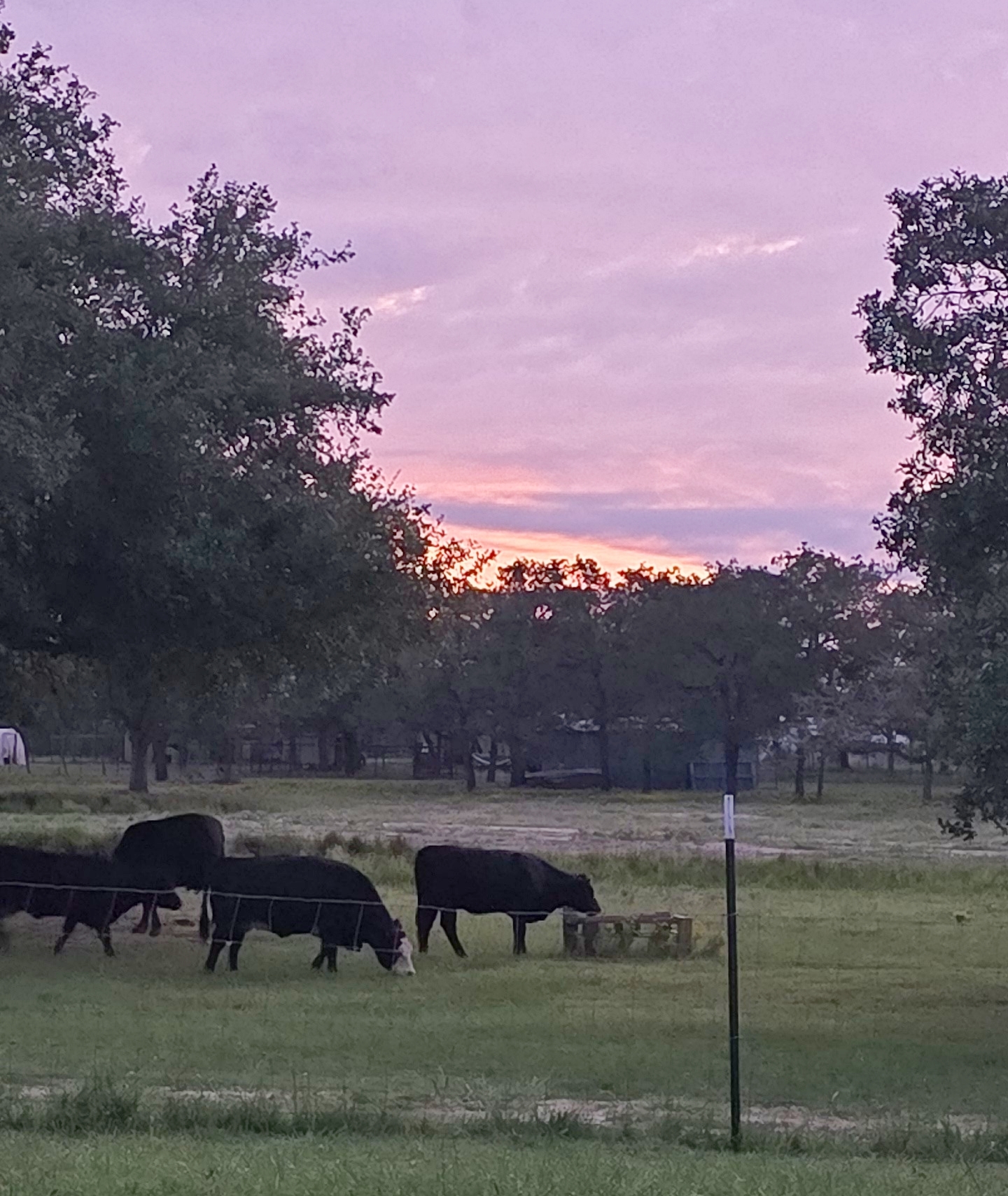No products in the cart.
A Little background
About 25 years ago my father and mother decided to move from Bandera Texas where they had a house on a small lot. They had decided they wanted to find a location large enough to hold additional family, but also small in size to manage on their own if needed. They chose 28 acres an hour outside San Antonio, Texas. The acreage offered ample space for family gatherings and future expansions. It also provided tranquility and privacy, while still being close enough to essential amenities. With manageable land and a peaceful environment, it was the right balance for their needs.
With the hopes that his children or grandchildren would want to move out and enjoy the property, my parents worked to improve the property. They worked and cleared trees, improved fences, added fences and buildings, and stocked the two tanks on the property. The process was far from easy. Despite many difficulties, their determination and hard work gradually transformed the land into a welcoming haven for the family. The grandchildren loved visiting Grandma & Papa’s.
About the time my parents moved out to the property, our family found out that our forefathers started the Blue Lacy working dog breed in Marble Falls, Texas. (You can visit the Lacy Game Dog Registry for the whole story there.) To make a long story short, my sister began managing the official registry and raised and worked Blue Lacy’s. My mother and father also got involved in raising and breeding Lacys on the property. My mother loved raising litters so much, that they built a wonderful dog kennel on the property and many a Lacy was born here. The dedication to preserving the Blue Lacy breed is a family legacy, intertwining love for the land with passion for these remarkable dogs. The property now has another Lacy on it! We take deep pride in the fact that this Lacy continues our family legacy and devotion to the Blue Lacy breed. We look forward to watching her grow and thrive and having future litters on the AW Mini Ranch.
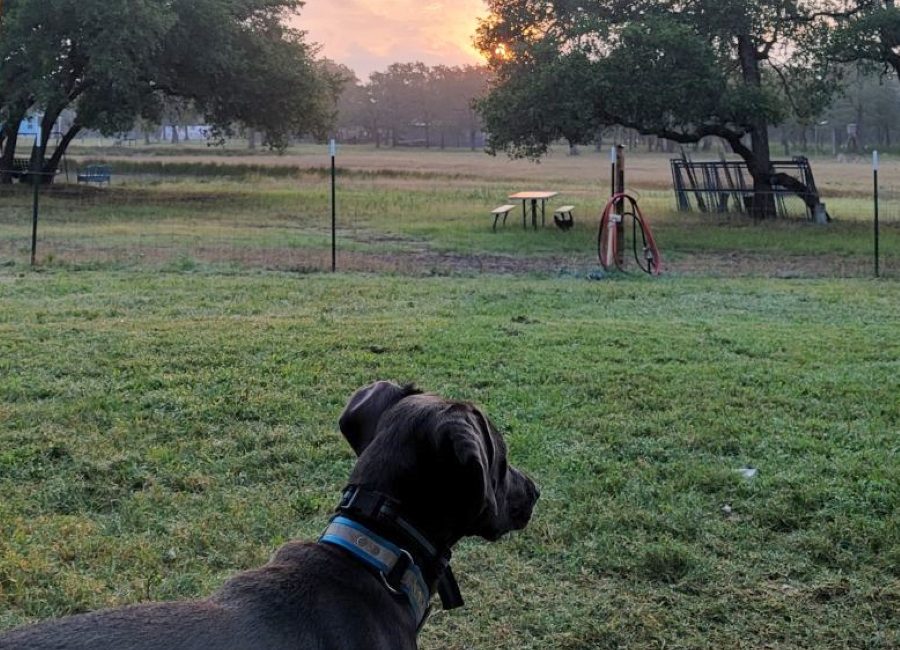
Retirement
I retired in 2020 and we set up a place on the property to help my dad after my mother passed on to heaven. On arrival, the property hadn’t had any cattle for a while and the only Lacy left passed away within a year of us arriving at 15 years old. We helped with keeping trees off the fence, shredding, cutting up fallen trees, and anything we could think of. The more time we spent, the more we enjoyed being here.
We started by exploring ways we could improve the property and enhance its sustainability. One of the things we noticed was that when there was a severe storm with lots of rain, the water would sit feet deep in pastures making the fields unusable. We worked on ways to revitalize the property’s layout so rainwater watered the fields appropriately, but excess water drains into the ponds. This took some time as we had to move huge burms of dirt around the ponds. We had to use that dirt to put the pitch needed to make it work effectively. The redesigned property layout has significantly improved land usability and productivity. By ensuring proper drainage, we prevented waterlogging and enhanced irrigation. This has led to healthier pastures, better grazing opportunities for wildlife and livestock, and increased the overall ranch sustainability. We are also improving natural grass in our foresty areas by removing dead trees and providing more natural light. Increased light benefits grass growth by converting light energy into chemical energy to fuel growth. With more sunlight reaching the forest floor, grasses can grow vigorously and establish stronger roots. This leads to denser, healthier pastures that better support wildlife and livestock naturally.
research
We started researching the most suitable option for livestock on a property of our size. We wanted to also ensure that what we chose benefited the property’s sustainability as well as providing healthy grass-fed meat. We spent countless hours poring over agricultural information, consulting with local ranches and family with ranching experience. Each option was meticulously evaluated for its environmental impact, compatibility with our land, and potential market demand. After thorough consideration, we decided that raising grass-fed Aberdeen Angus cattle would be the most sustainable and beneficial choice for our ranch. We discussed this idea with my sister. She just happened to have a friend who was downsizing their herd and selling some Aberdeen Angus cow/calf pairs. We arranged a date for the pickup of our small herd and brought our first cattle to our ranch. The arrival of Aberdeen Angus cattle marked an exciting chapter for us, combining our commitment to sustainable farming with our desire to produce high-quality grass-fed beef.
The beginning of aw mini Ranch
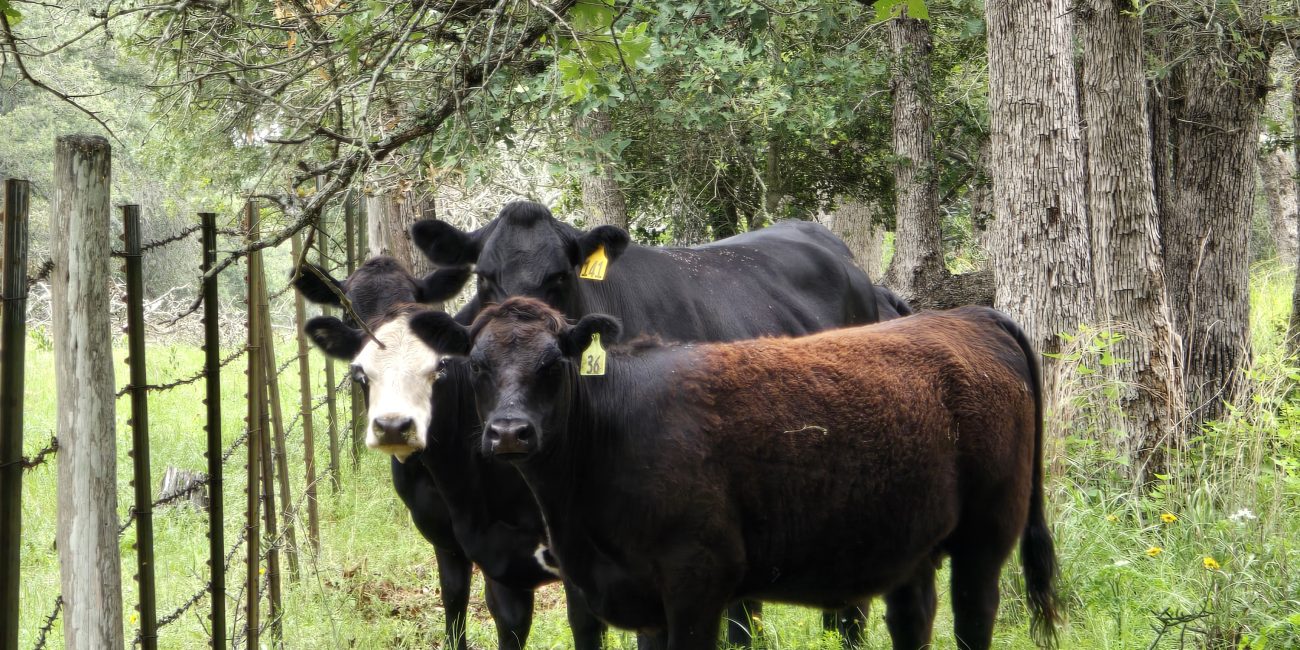
The arrival of Aberdeen Angus cattle marked an exciting chapter for the property, combining our commitment to sustainable farming with our desire to produce high-quality grass-fed beef.
Our purchase included 3 Aberdeen cows, two pregnant, and the third possible pregnancy. While we were there, she also had a year-old heifer she was willing to sell. So we came home with four cows hoping to have seven on the property by June.
The early days with the herd were not without challenges. We both had animals, dogs, horses, chickens, and FFA pigs while growing up, but neither had worked with cattle. Managing the herd’s integration into the changed environment required constant vigilance and learning on the go. We reached out for advice and everyone suggested starting with a bucket of cattle cubes, calling them, then tossing it on the ground and back up. We did this for weeks. However, this helped the cattle settle in and become used to us and their new home. When they stepped onto the property, they ran every time we were close. With lots of patience and care, we built trust with the herd and they soon trusted us. As time progressed, they gradually became more relaxed. They will now come when called and stay close while eating their treats. I believe having a trusting herd is beneficial. It allows for easier cattle management and reduces stress for animals and handlers. Additionally, a calm and cooperative herd leads to better health and productivity. This helps our efforts towards sustainability and high-quality grass-fed beef production succeed.
